Don't cry over the past, cry to get over the past. Don't smile to hide the pain, smile to heal the pain
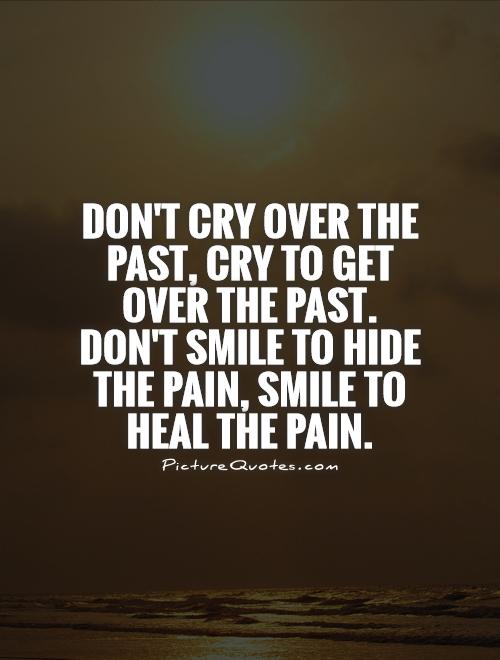
Don't cry over the past, cry to get over the past. Don't smile to hide the pain, smile to heal the pain
Crying is often seen as a sign of weakness or vulnerability, but in reality, it is a natural and healthy way to release pent-up emotions and process difficult experiences. The saying "Don't cry over the past, cry to get over the past" emphasizes the importance of allowing ourselves to feel and express our emotions in order to move forward and heal.When we hold onto past hurts and regrets, it can weigh us down and prevent us from fully living in the present. Crying can be a cathartic release that helps us let go of the pain and sadness that we may be carrying with us. By allowing ourselves to cry, we acknowledge our feelings and give ourselves permission to grieve and heal.
Crying can also be a form of self-compassion and self-care. It is a way of showing ourselves kindness and understanding in the face of difficult circumstances. Instead of bottling up our emotions or pretending that everything is okay, crying allows us to be honest with ourselves about how we are truly feeling.
In the same way, the saying "Don't smile to hide the pain, smile to heal the pain" reminds us that putting on a brave face and pretending to be happy when we are hurting inside is not a sustainable or healthy coping mechanism. While it is important to stay positive and hopeful, it is equally important to acknowledge and address our pain.
Smiling can be a powerful tool for healing, as it can help us shift our perspective and focus on the good things in our lives. By choosing to smile even in the midst of pain, we are choosing to cultivate a sense of gratitude and resilience that can help us navigate through difficult times.

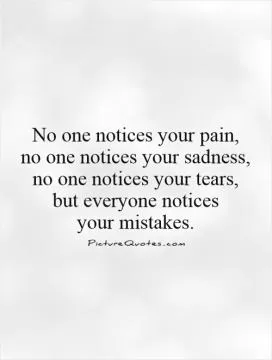



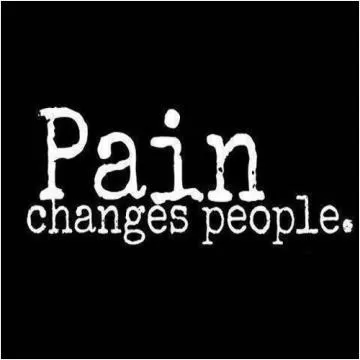
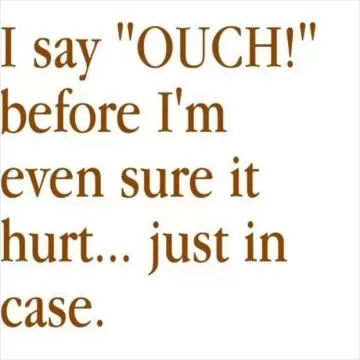

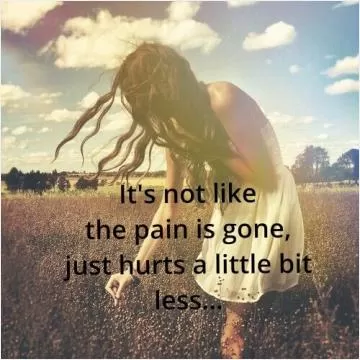
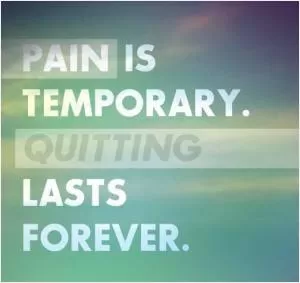
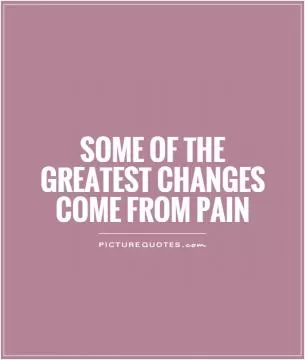

 Friendship Quotes
Friendship Quotes Love Quotes
Love Quotes Life Quotes
Life Quotes Funny Quotes
Funny Quotes Motivational Quotes
Motivational Quotes Inspirational Quotes
Inspirational Quotes